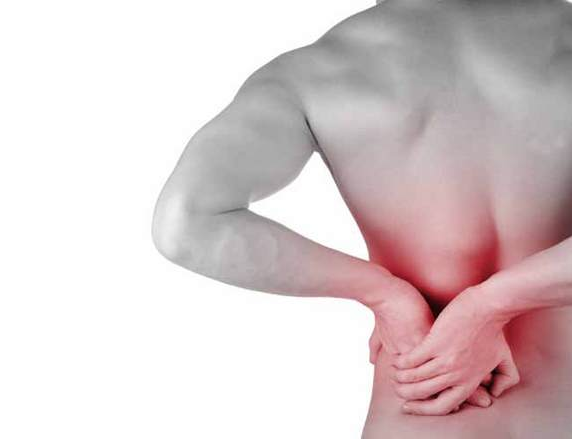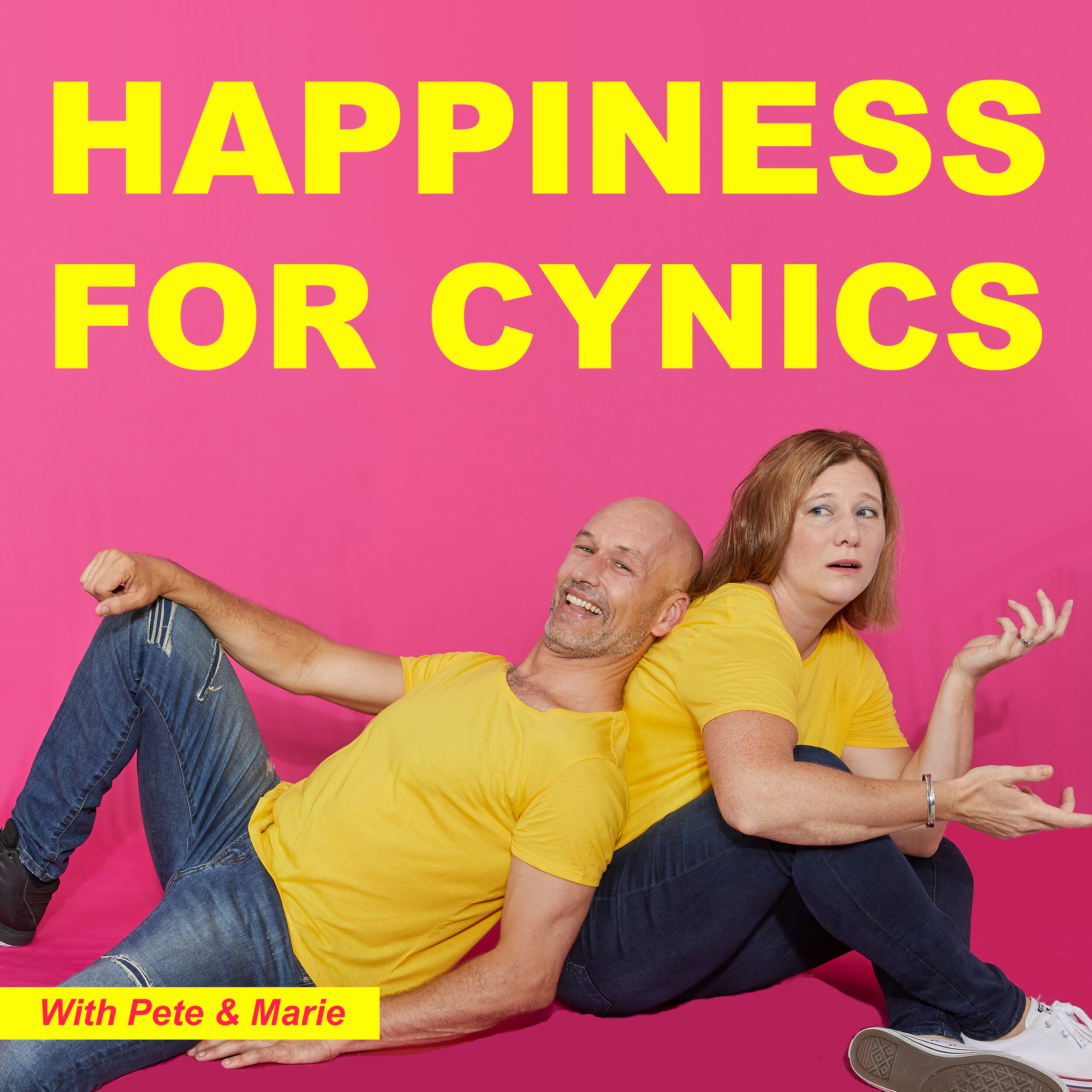MOVE IT OR LOSE IT. It's a simple process of using what you have so you can keep it active and toned. If you want your brain to remain active and not suffer from dementia - exercise it. If you want your knees to stop aching in the winter - get them moving, get them active and they will respond. Sitting down is not going to give anyone a better, healthier outlook on life.
With any injury, there is associated compensation. The body is very good at adapting. What this means is that the body will 'find a solution' if it cannot perform a movement utilising the known or 'normal' means of activation/contraction. (biomechanics) If a hamstring is not firing properly or is compromised, the body will utilise the power of adductors to complete a movement. If a shoulder stabiliser goes 'down', the body will recruit from another muscle in the chain to stabilise the shoulder for movement.
It’s a common complaint that people arrive in the centre with strains and sprains that are exacerbated, if not caused by poor posture at work and poor postural behaviour that is reinforced by work place actions and behaviours. We all have to sit at desks for some period (well ok not all of us) and multiple screens and transposing information from data sheets or documents can and does affect how we sit and stand for most of our working day.
Fascia is the body’s connective tissue. It covers every muscle, organ and muscular compartment as well as going right down to every tendon, muscle fibre and even deeper to the microscopic level of muscle fascicles. It is part of what gives our body shape and is contractile. It serves as the connection for nerves and blood vessels and plays a great role in allowing our bodies to move in transverse movements across the midline of the body and involving a complex co-ordination of muscles to effect movement. Complex movements with power require a great deal of muscular contraction as well as contraction of the fascial system.
Plantar Fasciitis is the most common of injuries in people who run and jump. Court sports persons and runners in general suffer from this condition which is an inflammation of the connective tissue that covers the underside of the foot. The condition is usually diagnosed by intense pain upon placing your foot down on the floor when you first wake up in the morning. Slight limping until the fascia warms up and becomes malleable is a certain indicator and it can leave you unable to walk for a brief time in the morning hours. Continuing to ignore this condition can result in a tear which will leave you unable to place any weight on the foot without intense pain.
Shoulder injuries are amongst the most notorious and debilitating of beasts. They are amongst the most popular of issues presented to me in my working life and I will admit, one’s that will result in people giving you a random hug in a coffee shop months later when they remember that you helped fix their shoulder (TRUE). It’s not that the shoulder is the most painful of injuries or the most drastically impactive, but it is very much the most difficult one to get right. Due to it’s anatomy, it only responds to diligent treatment and adherence to treatment protocols. In other words – it’s a team approach (more homework for you).
When we are injured the one thing we all want to feel is 'less pain'. At a fundamental level though, pain is there to make you realise something is wrong. It's there to 'tell you something'. It serves a purpose and if that purpose is to STOP you from doing an action that is going to hurt you or make the injury worse then you need to listen to that. Of course sustained pain is boring. It's just something that we don't want to have to put up with day in and day out. This is where acute pain and chronic pain differ in nature and likewise, usually, the treatment protocols for both these types of pain are very different. In this post we are dealing with ACUTE pain.
Headache pain and migraines are influenced by many factors and the mere band-aid effect of paracetamol covers the topical pain relief but does little for the ongoing maintaining and treatment of such a condition. There are so many causes for headache and migraine pain and it covers a broad and varying degree of conditions, from a mild unpleasant and irritable throbbing, to blackouts, vomiting and loss of bladder control. Sensitivity to light also features prominently in migraines themselves so the degree to which people suffer as well as the causative effects are large, varying and numerous.
A rupture is the big Daddy, the Nebuchanezzer of the muscular strain. Whereas a strain is a section of the muscular fibres (say a bicep) that have been torn or frayed, a rupture is a majority disconnection of the entire muscle from its tendinous connection. Usually, the ‘rupture’ is actually occurring not within the muscle itself but in the tendon that attaches the muscle to its bony connections. By definition, a rupture is ‘to burst, break through or split under pressure’. In the case of a tendon a rupture is defined by the muscle being unable to perform it's action. The rupture can be partial or complete, both requiring surgery to ‘re-attach’ the torn tendon.
Good functional movement has to come from a secure base. A solid platform creates a stable base from which to propel movement – IN ANY DIRECTION. We have talked about this in relation to shoulders and also in ankles, so it is that we come to the basic platform for much of the movement of the trunk – THE CORE. Some may argue that the platform for movement of the trunk comes from the pelvis or the ribcage. This is true. But in terms of movement, a strong core is a defining factor in any movement of the body and in particular the limbs. The core activation helps to stablise both the ribs and the pelvis.
Gout is typically a form of inflammatory arthritis with a chemical cause as opposed to a degeneration of the joints. It is caused from deposits of sodium urate (uric acid) in and around the joints and especially in the feet! Ordinarily uric acid is removed from the blood stream via the kidneys, which filters uric acid out of the blood stream. Any issues that prevent this from occurring creates hyperuricemia which is the primary risk factor for gout. Too much uric acid creates small needle like crystals that tend to collect in the feet and grind and irritate the synovial joints in the metatarsals. The feet tend to be the focus of these collections partly due to gravity and partly due to the slightly decreased temperature found in the extremities that allows the crystallisations to form. This creates inflammation and irritation of the joints and thus pain.
Muscular soreness and fatigue is probably the most obvious challenge to recovering from an event. Muscle fibre necrosis in post event athletes can take up to 2 weeks to recover to adequate levels to allow for re-engaging with training or physical activity. Thus resting sufficiently to allow for repair is ideal. This doesn’t mean parking yourself on the couch and setting yourself up with the latest Netflix series and never leaving the house.
Many times restlessness in the legs can be an uncomfortable condition that can interrupt sleep patterns and keep one from getting vital rest and downtime. It’s often a small sensation that is felt often in the calves and only brought on when lying down or about to go to sleep. Periods of inactivity such as long car drives or sitting in a theatre or on long haul flights can also bring on the sensation. Pregnancy can also be a precursor to the sensation and this is directly involved with the indications of Iron levels (see below). Some medications can also bring on the symptoms particularly those associated with antidepressants, antipsychotics, antihistamines and calcium channel blockers.
A bad sleeping position can wreak havoc with our dormant indulgences and broken sleep or insomnia can be one of the most debilitating experiences to live with. It makes us sluggish, slow, inefficient and irritable. We are unable to be productive and even the magical elixir of caffeine can’t make a dent in our miserable demeanour. Each of us sleeps in our own way and our own position. Rarely do we find that people have an ideal sleeping pattern or repose that fits the ‘perfect position’ prescribed by mattress companies and pillow manufacturers. Many of us may believe that we sleep like a Disney Princess, calm and serenely laid out on a bed with hands demurely placed on top of our torso. When in reality most of us are more likely to resemble a Tasmanian Devil, sprawled with limbs akimbo and having wedged ourselves into some sort of contorted yoga-esque position that Houdini would be proud of.
Shoulder Dislocation is the term that is often thrown around for any disruption to the shoulder area. However, technically this is not true as a dislocated shoulder refers more to the joint that is the glenohumeral joint. When the arm bone comes out of the fossa (socket) this is technically a shoulder dislocation.
Injury to the Acromio-Clavicular joint is slightly different and technically is termed a Separated Shoulder. It is usually the dislocation of this ‘strut’ that lies over the top of the actual ball and socket joint (glenohumeral) which is the shoulder articulation. The AC Joint is particularly indicated when you have a fall or impact to the area. And just to make more use of the anagram (or ‘I’m rather clever speak’) the term coined is FOOSH (Fall On OutStretched Hand).
osterior knee pain can often be a warning sign for ligamentous damage and stability of the knee joint in flexion and can be a sinister omen of issues with the knee joint itself. However, it can also be a smaller issue related to a muscular tightness that is involved directly in knee flexion and that isn’t part of the hamstring group – the popliteus.
There is a movement of Bio-mechanics which is loosely explained as the ‘physics of movement’. This is looking at the intrinsic value of natural movements and the mechanics of what goes on with our bodies and the amount of movement that we are capable of, the history of movement we are built upon genetically and the science on how the body can move (right down to a cellular and microscopic level). Understanding movement and the possibilities therein has massive effects on how we can function more effectively and efficiently so that our whole system (not just our muscular/connective system) avoids pain.
It’s always wonderful to hear client’s stories of achievement. Receiving praise is the elixir of joy for my job. But I am not the miracle worker here. I don’t do the work. It’s up to the individual to put in the hours and time to get results. I just push things around and create the capacity for function. To achieve the tasks, it has to come down to the individual commitment. Even if it’s just fixing a sore shoulder, if the individual doesn’t put in what is needed – the results do not come!
Many of my clients sometimes comment on my ‘unusual and eclectic nature of musical choice’ in my treatment rooms. I won’t deny it, I have very unusual contemporary tastes and for as long as I have been massaging, I have always maintained that music is a very important part of the treatment for me. It establishes a mood and a soundscape to work in, to conduct a treatment in and contribute to the general tone of the environment.
The chewing action of jaw is often taken for granted, but this highly specialised joint is something that can have far reaching implications to sufferers. TMD (Temporomandibular Joint Disorders) or TMJ (Temporomandibular Joint) issues are often cited by medical professionals as a cause of all manner of symptoms and ailments. Like 'sciatica' many 'Dr Googles' lead people to believe that they have this condition that becomes a generic term describing any pain that may sometimes be inexplicable or undefinable.




